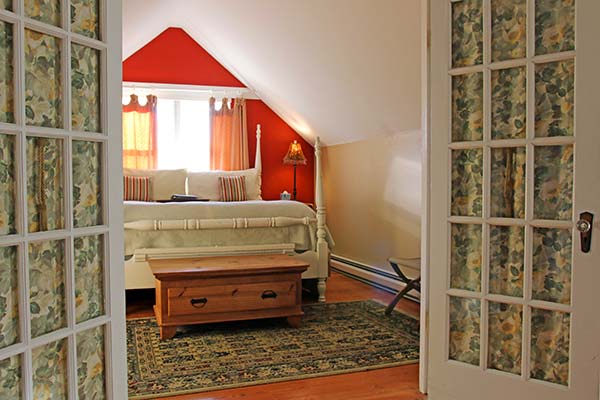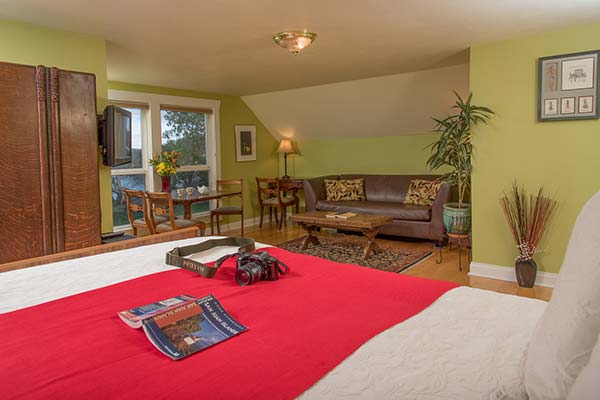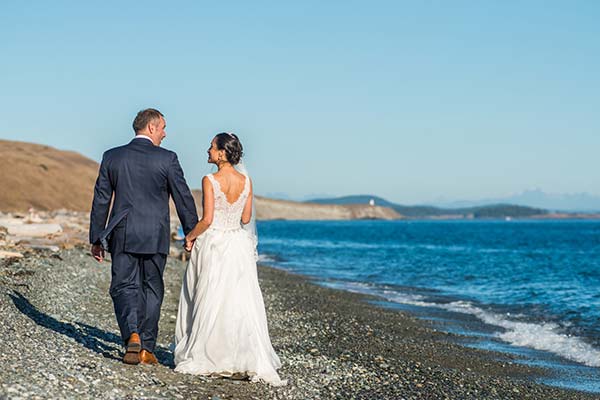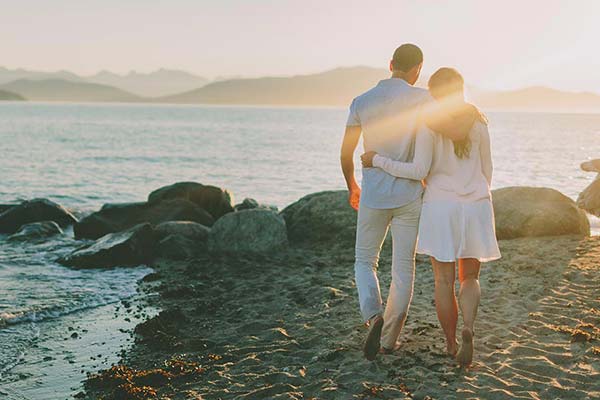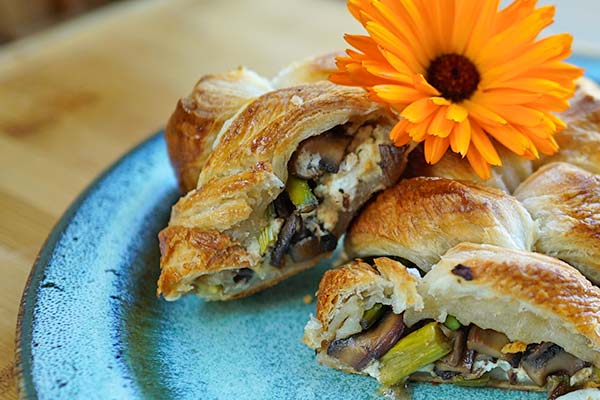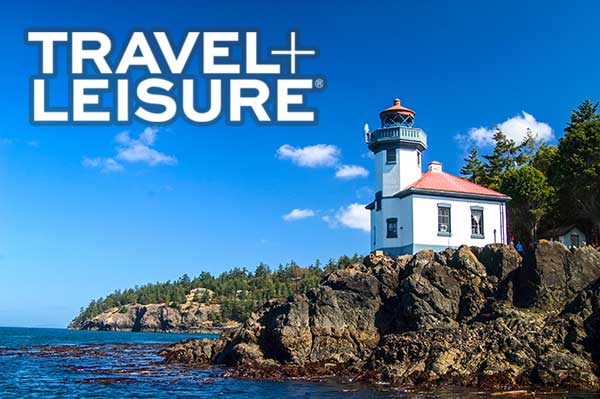By Jennifer Furber published on April 24, 2017
The San Juan Islands are made of172 named islands and reefs. The islands are pinnacles of a submerged mountain range that connects Vancouver Island with the mainland. They act as a tidal arch between the Pacific Ocean and the Gulf of Georgia to the north. Extreme tide exchanges and tidal currents are common in the inner channels. Thankfully, the tidal waters race and protect the shorelines during winter storms. Erosion is only most dramatic during slack tide.
The islands are within the Salish Sea. This is an unofficial geographic term for the 6,500 square miles of marine waters from Olympia, Washington to the mouth of British Columbia’s Campbell River. The waters are cold and nutrient rich which supports an abundance of sea life. The waters of the San Juan Islands provide frigid, in-motion homes to a variety of unique and colorful sea creatures. Below the surface, sometimes just a few meters from the shoreline, it is common to see a Giant Pacific Octopus, a frightening looking Wolf Eel, or a territorial Decorated Warbonnet.
The Giant Pacific Octopus
Photo above is from the Shaw Centre for the Salish Sea.
The Giant Pacific Octopus is the largest of all octopi. The females have 2,240 suction cups on its tentacles while the males have 100 fewer. The average weight of an adult is about 90 pounds, although they can weigh up to 150 pounds. Their arm span can reach up to 20 feet across. The Giant Pacific Octopus live only for five years, at maximum. They serve as important food for larger predators like sea lions and harbor seals.
According to The Seattle Aquarium [www.seattleaquarium.org], the Giant Pacific Octopus hunt crabs, clams and mussels. They sneak up on their prey while using camouflage, jet propulsion and the agile grip that comes with having eight arms. The Giant Octopus has a parrot-like beak that snaps quickly and injects toxic saliva that paralyzes its prey and helps digest the flesh. The Octopus’ tongue, called a radula, carves a neat hole in the prey’s shell to extract the contents. Then, they place the shells in a pile called a midden outside the den.
The Wolf Eel

The Wolf Eel isn’t actually an eel, for it has pectoral fins behind their heads, which is characteristic of fish. Teenage Wolf Eels are vibrantly brick-colored with purple highlights that all fade to dull grey and brown as they age. Wolf Eels eat crabs, snails and sea urchins while using their strong jaws like nutcrackers to crush the shells. Its mouth is ferocious-looking and designed for all those urchins. The Wolf Eel has the look of a fish, the eyes of a snake, the powerful jaws of a wolf, and the grace of a gold fish. The Wolf Eel can grow up to 8 feet in length and weigh up to 88 pounds.
Wolf Eels mate for life and both the male and female will care for the 10,000 eggs for about 15 weeks as they develop. The Wolf Eel has a thick, protective coating of slime on their body that gives them immune protection and a distinctive, leathery appearance. This unique, skin-embedded fish scale sometimes makes the Wolf Eel itchy and it is not uncommon to find the Eel swimming upside down in order to rub their back on rocks along the Salish Sea’s surface.
The Decorated Warbonnet

They are called Decorated Warbonnets because of the prominent tufts called cirri, or hair-like plumes, that cover the top of its head. They resemble the feathers in an Indian Chieftain’s war bonnet. The cirri act as camouflage to help the fish blend into their mossy, seaweed habitats. Decorated Warbonnets are true islanders and rarely travel far from home, mostly dwelling inside rocky crevasses along the ocean floor. On average, Decorated Warbonnets are found breeding and laying eggs in the spring months here in the Pacific Northwest. Up to a foot in length, they tend to hide in crevices and are rather territorial. They eat shrimp and other small creatures, which often wander too close to its habitat.
The Salish Sea is home to many unique sea creatures. The Giant Pacific Octopus is the largest species of octopus in the world and truly a treasure of our sea. The Wolf Eel lives along the surface of the water until it is two years of age, and then it descends into the ocean’s depths. The Decorated Warbonnet’s large eyes and thick lips make it look like a cartoon character.
Start Your Salish Sea Exploration at the Tucker House
Want to learn more about the sea life of the Salish Sea? Stay with us at the Tucker House and we’ll send you on plenty of Salish expeditions! Our waters are perfecting for sailing, kayaking, and boat tours. Book your stay today and ask how you can learn more about creatures of the sea.

